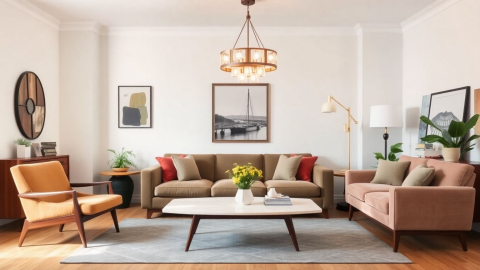The Timeless Elegance of French Provincial Interior Design: A Comprehensive Guide
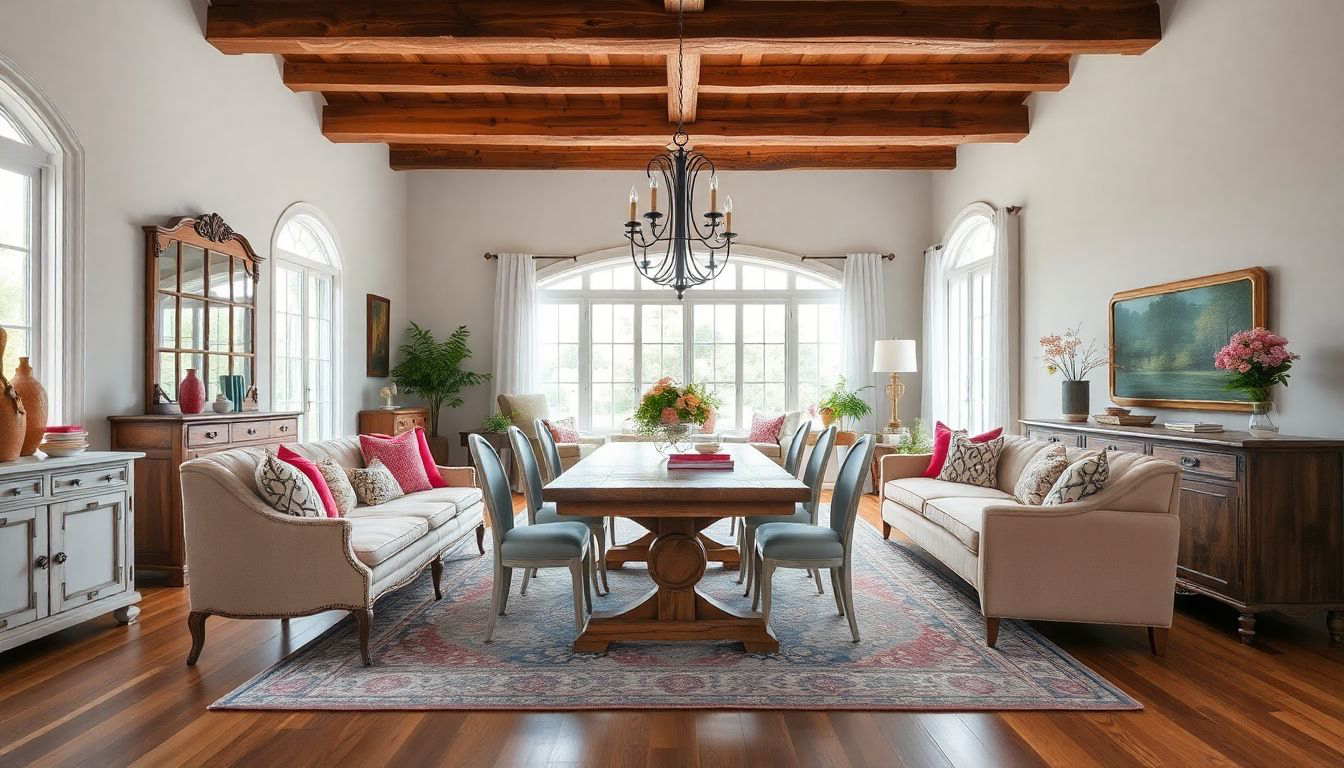
French Provincial interior design has captivated homeowners and designers alike for centuries with its unique blend of rustic charm and refined elegance. This enduring style, born in the countryside of 17th and 18th century France, continues to inspire and delight in modern homes around the world. However, there's more to this aesthetic than meets the eye, and many misconceptions surround what truly constitutes authentic French Provincial design. In this comprehensive guide, we'll explore the essence of this timeless style, debunk common myths, and provide insights on how to incorporate its key elements into your home.
The Origins and Evolution of French Provincial Design
French Provincial design originated in the rural areas of France during the 17th and 18th centuries. Local artisans, inspired by the ornate furniture and decor of Parisian nobility, created their own interpretations using more affordable, locally available materials. This resulted in a style that balanced elegance with practicality, reflecting the simpler lifestyle of the French countryside.
As interior designer Nelly Reffet notes, "Every region in France has its own style and identity, with different building and decorative materials and colors (and regulations)." This regional diversity contributes to the rich tapestry of French Provincial design, making it more complex and nuanced than many realize.
Key Elements of French Provincial Design
1. Rustic Simplicity Meets Refined Elegance
At its core, French Provincial design is about striking a balance between rustic charm and sophisticated elegance. This is achieved through a thoughtful combination of materials, textures, and design elements.
Materials: Stone, wood, wrought iron, and linen are staples of French Provincial interiors. These materials are chosen for their durability, natural beauty, and ability to age gracefully.
Textures: Rough-hewn wooden beams, smooth plastered walls, and soft, tactile fabrics create a rich sensory experience in French Provincial homes.
Design Elements: Look for curved lines in furniture, particularly cabriole legs on tables and chairs. Armoires, farmhouse tables, and carved wooden headboards are also quintessential pieces in this style.
2. A Neutral Color Palette with Pops of Color
Contrary to the popular belief that French Provincial homes are all white, the true color palette is more nuanced and varied. As Reffet explains, "In terms of colors, the French palette follows the same principle of subtlety and revolves mainly around neutrals — beige, white, gray, black, light blue, brown, taupe and sage are the basis of most French interiors."
However, don't be afraid to incorporate bold accent colors. French Provincial design often features pops of vibrant hues like peacock blue, lime green, or terra-cotta orange. These accents add depth and interest to the neutral backdrop.
3. The Art of Imperfection
One of the most charming aspects of French Provincial design is its embrace of imperfection. Unlike the pristine, polished look of some other styles, French Provincial interiors celebrate the wear and tear that comes with time and use.
"Living in old buildings means accepting their flaws and quirks, such as worn-out floors or walls with patches of plaster missing. In fact, we often refer to something (or someone!) who's imperfect as charming," says Reffet.
This philosophy extends to furniture and decor as well. Distressed finishes, patina on metals, and signs of age on wood are all welcomed and even sought after in French Provincial homes.
4. Blending Old and New
One of the most exciting aspects of French Provincial design is its ability to seamlessly blend antique pieces with more modern elements. This eclectic approach creates interiors that feel curated and personal rather than rigidly themed.
For example, you might pair a rustic farmhouse table with sleek, contemporary chairs, or hang a modern art piece above an antique sideboard. This juxtaposition of old and new keeps the style fresh and relevant.
Debunking Common Myths about French Provincial Design
Myth 1: It's All About Excess
Many people associate French design with the opulence of Versailles, but this couldn't be further from the truth when it comes to French Provincial style.
Reality: Moderation is key in authentic French Provincial interiors. The focus is on creating a harmonious, welcoming space rather than showcasing wealth or extravagance.
Myth 2: French Provincial Homes Are All White
The popularity of shabby chic and some interpretations of French country style have led to the misconception that French Provincial interiors are predominantly white.
Reality: While white is certainly used, French Provincial homes incorporate a range of neutral tones and aren't afraid to use bold accent colors.
Myth 3: It's Overly Feminine or Fussy
Some people associate French Provincial style with an abundance of frills, lace, and pastel colors.
Reality: Authentic French Provincial design is actually quite restrained and can be quite masculine in its use of sturdy furniture and natural materials.
Incorporating French Provincial Elements in Modern Homes
While recreating an authentic 18th-century French Provincial interior may not be practical (or desirable) for most modern homeowners, there are many ways to incorporate elements of this style into contemporary spaces:
- Focus on Quality Materials: Invest in pieces made from natural materials like solid wood, stone, and linen. These will age beautifully and add authenticity to your space.
2. Embrace Imperfection: Don't be afraid of wear and tear. Choose pieces with distressed finishes or allow your furniture to develop a patina over time.
- Mix Old and New: Blend antique or vintage pieces with more modern elements to create a layered, eclectic look.
4. Use Color Thoughtfully: Start with a neutral base and add pops of color through accessories, artwork, or an accent wall.
- Incorporate Architectural Details: If possible, add elements like exposed wooden beams, stone floors, or arched doorways to evoke the feel of a French country home.
6. Choose Furniture with Classic Lines: Look for pieces with cabriole legs, curved backs, and other hallmarks of French Provincial style.
- Add Rustic Touches: Incorporate elements like wrought iron light fixtures, woven baskets, or a farmhouse sink to add rustic charm.
The Future of French Provincial Design
As we move further into the 21st century, French Provincial design continues to evolve. Modern interpretations of this style often incorporate more minimalist elements, sustainable materials, and smart home technology while still maintaining the core principles of rustic elegance and timeless charm.
The enduring appeal of French Provincial design lies in its ability to create warm, inviting spaces that feel both sophisticated and lived-in. By understanding the true essence of this style – its emphasis on quality materials, harmonious design, and a connection to nature – we can create homes that capture the spirit of French country living, no matter where we are in the world.
Whether you're looking to fully embrace French Provincial style or simply add a touch of its charm to your home, remember that the key is in the details. Focus on creating a space that feels authentic, personal, and above all, welcoming. After all, that's the true spirit of French Provincial living.
References and Further Reading
More Articles
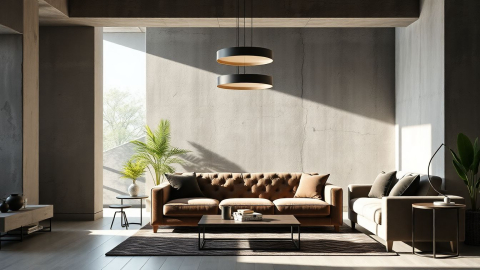
Brutalist Interior Design: From Concrete Jungle to Cozy Haven
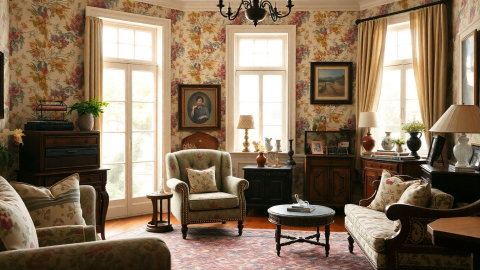
Grandmillennial Style: When Granny Chic Meets Millennial Sass
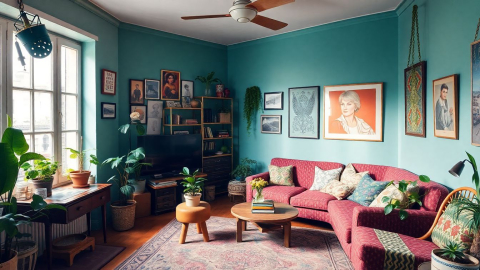
Bohemian Rhapsody: The Hilarious Truth About Living on the Fringes
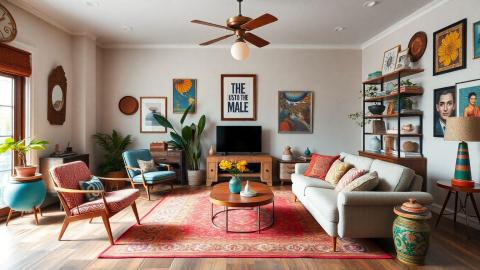
The Art of Eclectic Interior Design: Blending Styles with Soul
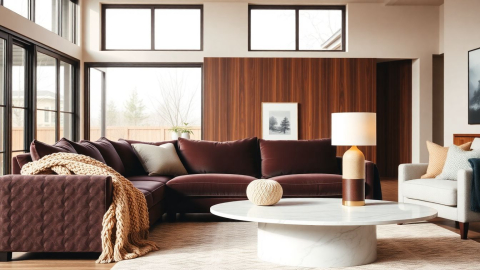
Living Room Interior Design Trends 2024: A Bold New Era of Comfort and Style
